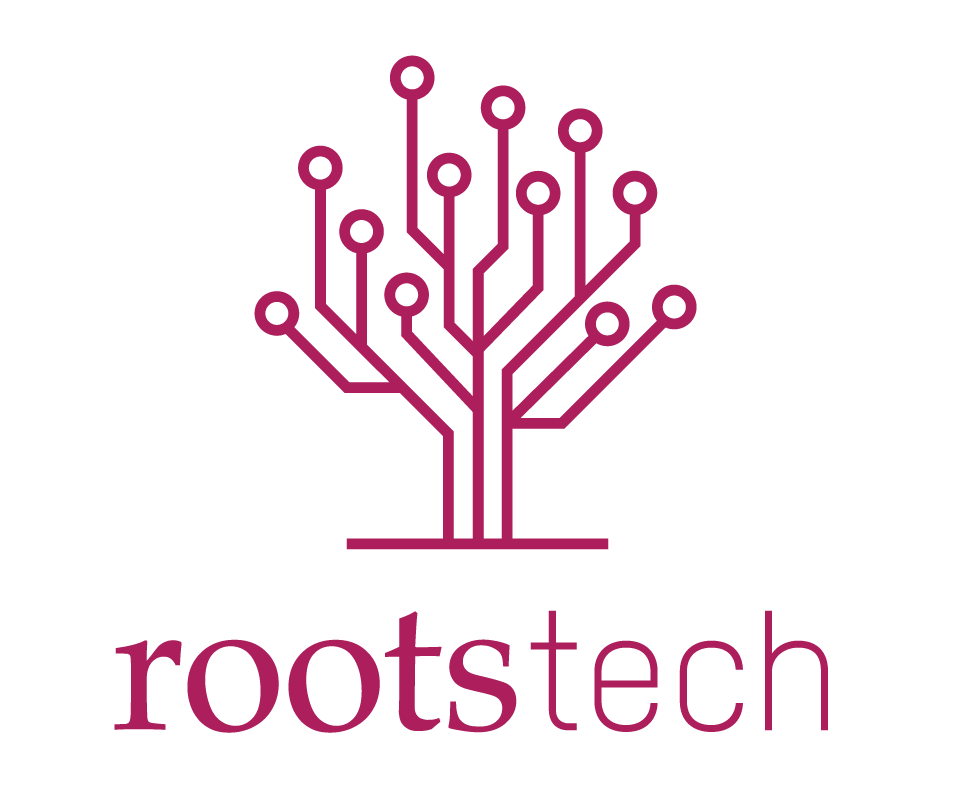
A city’s identity comes from the people who live there. Their voices, their lived experiences, and the little moments they choose to capture. When those stories are shared and saved, they become part of a collective memory. That memory helps people feel connected and appreciate the diversity within their community. The way people live, what they celebrate, and how they support each other all help shape the bigger story of a place.
However, some stories don’t always make it into history books. Some people never had the chance to share their lived experiences. But local history champions can help fix that; they make sure everyone’s voice is heard. Stories of queer love, struggle, and pride, along with those from Black, Indigenous, immigrant, disabled, working-class, and other historically excluded communities, deserve to be part of the record too.
Organizations like the American Indians in Texas at the Spanish Colonial Missions (AITSCM) are preserving the culture and traditions of the Indigenous communities tied to the Spanish colonial missions in South Texas. The Arizona Queer Archives are working with LGBTQI and gender non-conforming communities across Arizona to preserve personal stories, community records, and cultural materials that reflect the complexity and richness of queer lives. These local stories help create a more inclusive historical record rooted in place and identity and strengthen community relationships.
It Starts With You
When big things happen, like a local civil rights protest, saving those memories helps future generations understand what life was really like at that moment in history. And the truth is, some of the most powerful stories begin when one person decides their story matters and is worth saving. You don’t need to be an expert or have special training. This kind of preservation can start with you.
You are the best person to tell your own story. No one else knows your memories the way you do. Even the small things count: a sidewalk chalk message, a local newspaper clipping, a scanned flyer from a neighborhood gathering. These might feel ordinary in the moment, but with time, they take on new meaning. They’re part of your legacy. And when they’re saved, they can become part of your community’s legacy, too.
If we don’t take steps to preserve these things, we risk part of a larger narrative being forgotten or misunderstood. Your voice gives them meaning. Your words, your photos, your choices about what to save, all shape how your story will live on.
And the best part? You don’t have to do it all at once. Start with one memory. One folder. One photo.
Digital Tools Make Personal Archiving Easier
You might be thinking, “Where do I even start?” The good news? You don’t need to be a tech expert or have fancy equipment. These days, preserving your story can be as easy as uploading a photo, recording a voice note, or scanning a document.
At Permanent.org, we’ve built our platform to make personal archiving simple. You can drag and drop files, organize them into folders, and write descriptions and metadata fields so future viewers understand what they’re looking at. Even better, we store those files in formats that will still be accessible long into the future. So that handwritten letter or scanned photo won’t disappear just because technology changes.
Whether your story is one of joy, resistance, rebuilding, or simply day-to-day living, it deserves to be remembered. It belongs in the hands of future generations who will one day look back and ask what life was like in our time. Because what you save now may one day help someone feel seen, understood, or inspired, creating a more inclusive and supportive environment for everyone.
That’s the power of personal storytelling. Preserving history starts with you.

